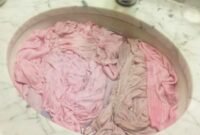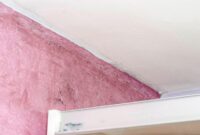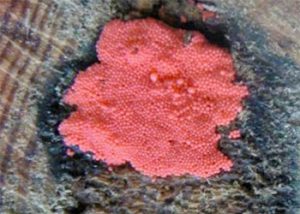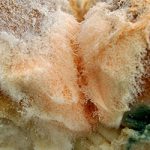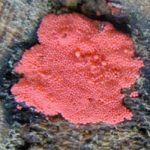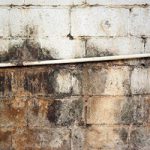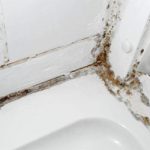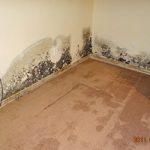Pink Mold On Bread Facts and Dangerous – We run into a large range of molds expanding on food, with a variety of colors. Yet colours are not a trusted means to recognize molds to establish whether they are secure to consume or otherwise. Unless the mold has actually been presented right into the food (such as with blue cheeses, gorgonzola, stilton, and so on), it’s finest not to attempt consuming it.
There are numerous various varieties of molds, yet around your residence, you will generally see 5: turquoise and white, white, pink, gray-brown and blurry and black. The United States federal government asserts that the black mold (aspergillius) and the blue and white mold (pencillium) could create cancer-causing contaminants when expanded on grain. You consume the black mold (aspergillius) if you consume miso, and the blue and white mold (pencillium) if you consume blue cheese.

If you touch something with mold on it and see a great haze or powder climb up, do not take a breath and right away leave the area. The spores are not harmful, per se, it’s simply that they are child molds and could expand right into larger molds if they land on something wet and cozy and you do not desire them to do so inside you. (See spores for even more details on dealing with mold that has actually been taken a breath right into the lungs.).
You may also like All About Pink Mold in Dishwasher
Some molds generate energetic anti-bacterial compounds (such as penicillin from the Penicillium mold), while others create very effective health hazards (such as aflatoxin, from the Aspergillus flavus mold), Mold expands on bread when the bread is available in call with dirt that is lugging fungis, which are a small microbes. Spores stay air-borne till they arrive on an item of food, sprout and turn into a healthy and balanced fungus.
Red molds most typically are Neurospora, with N. crassa typically seen in bread. A huge incident of red mold in bread-making was explained throughout the very early 1840s in France, potentially due to unusually damp gathering and storage space problems.
N. Crassa was additionally utilized in several of the very early hereditary researches, as the haploid recreation cycle made it feasible to quickly alter its hereditary code (making use of x-rays) and show leading and recessive genetics.
I do not think it is especially hazardous, yet to be on the secure side, I would certainly not consume red mold, or another color mold unless that mold and all of its items had actually been well looked into and comprehended.
